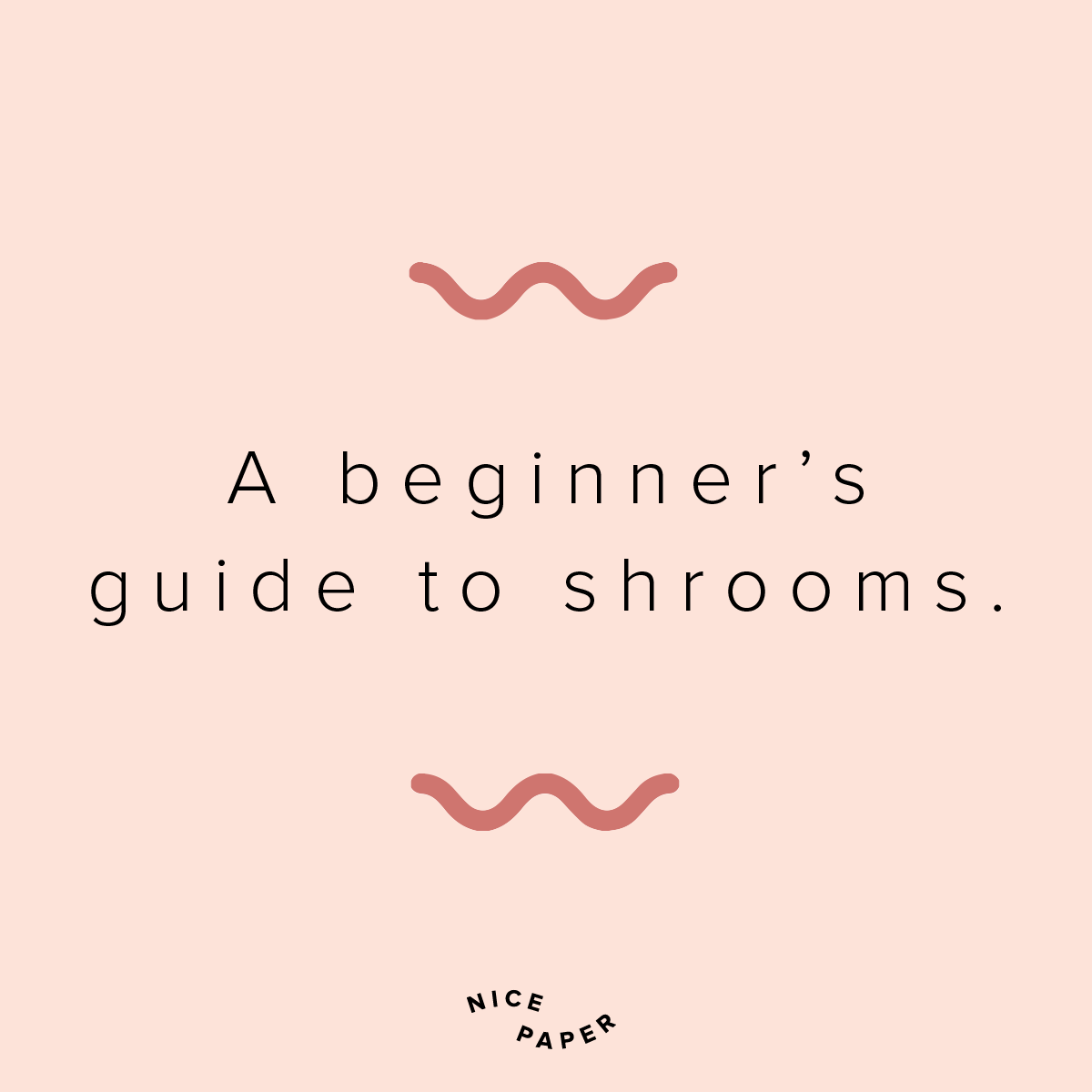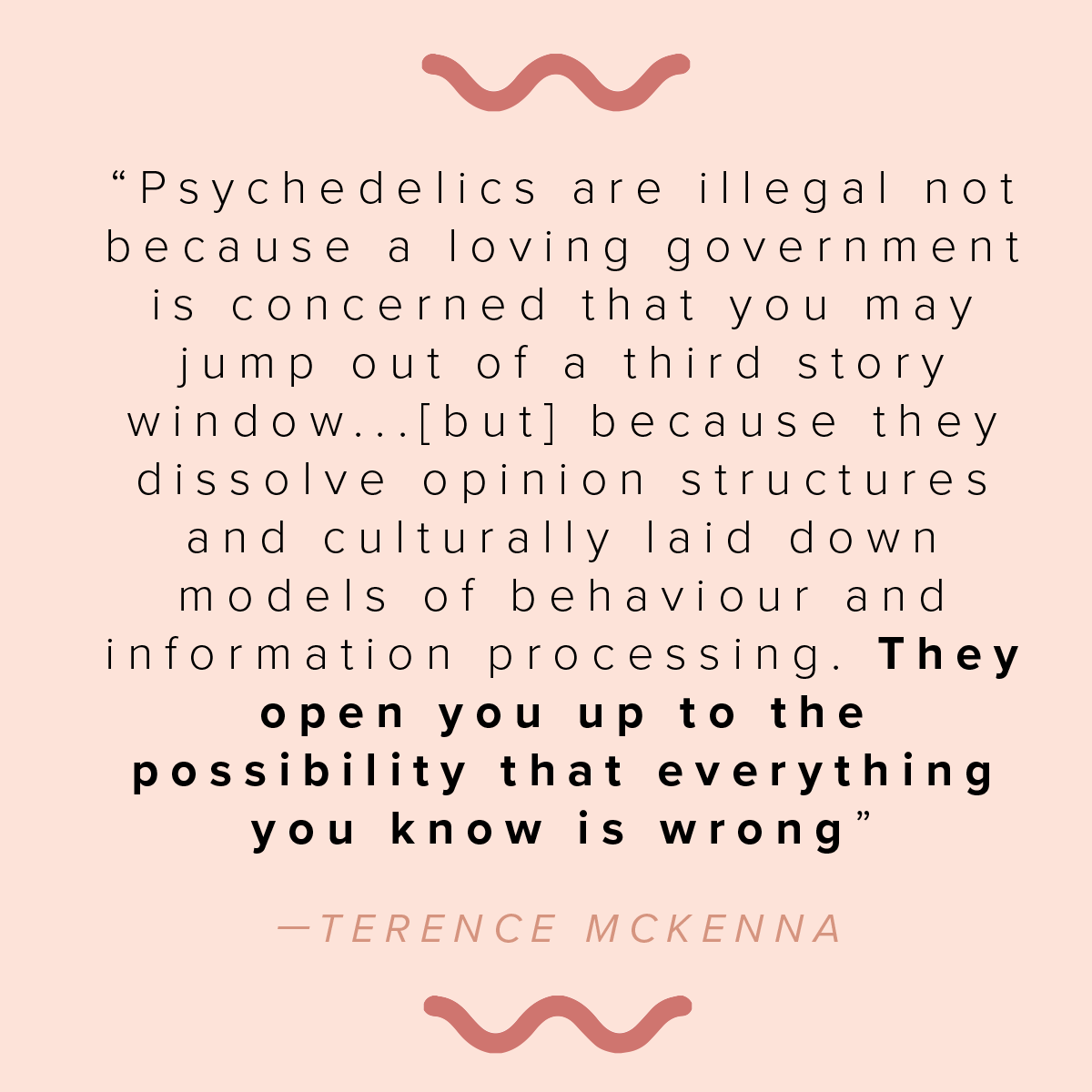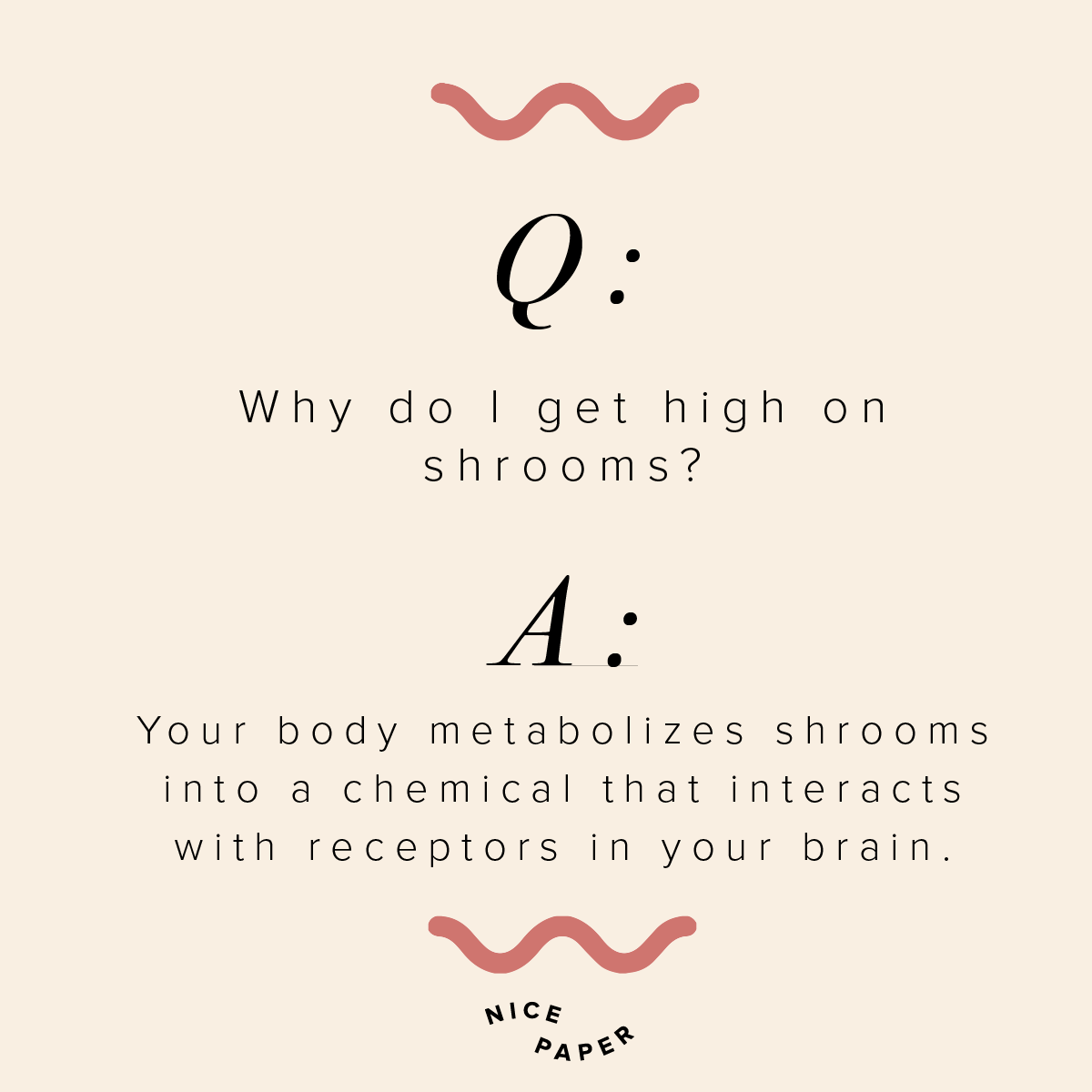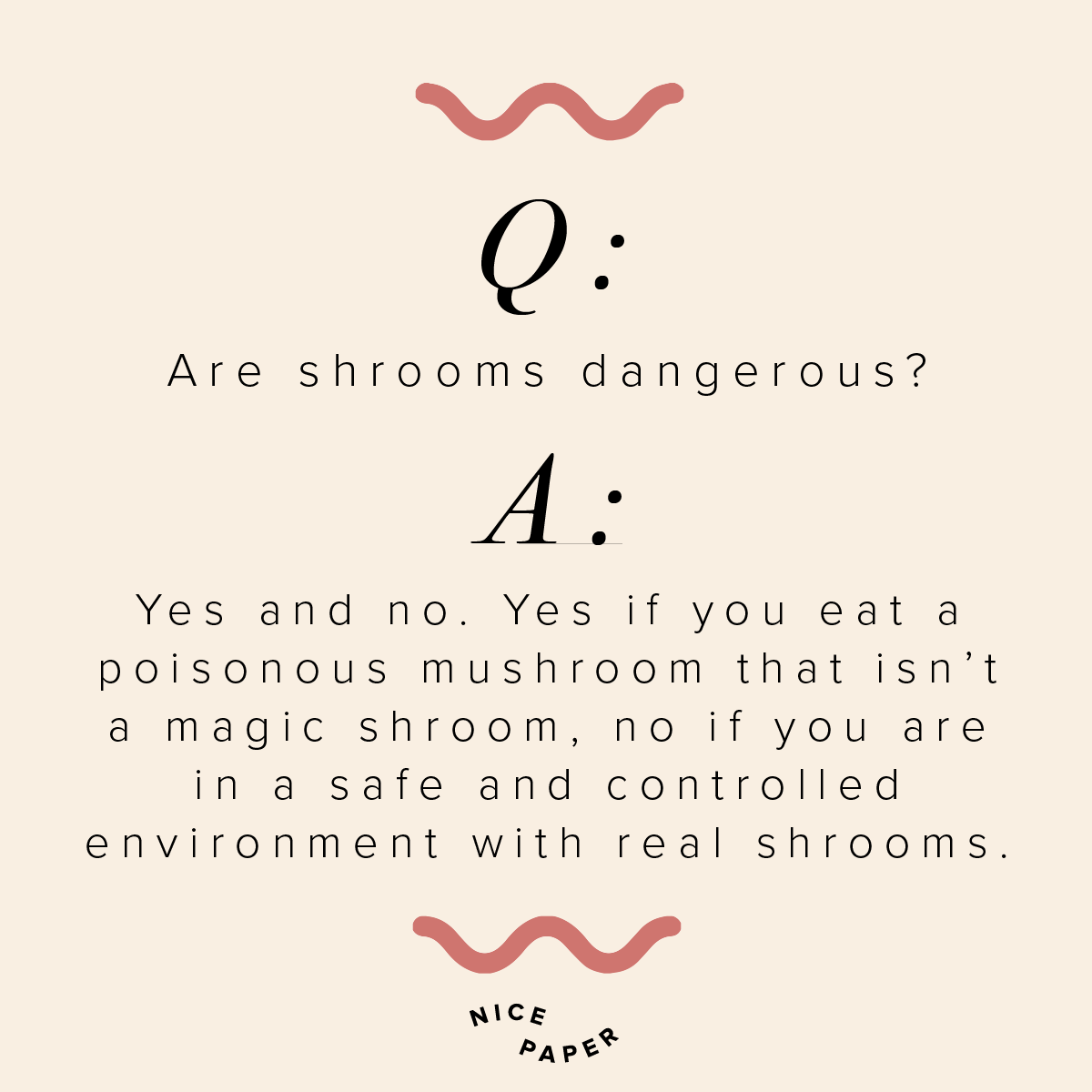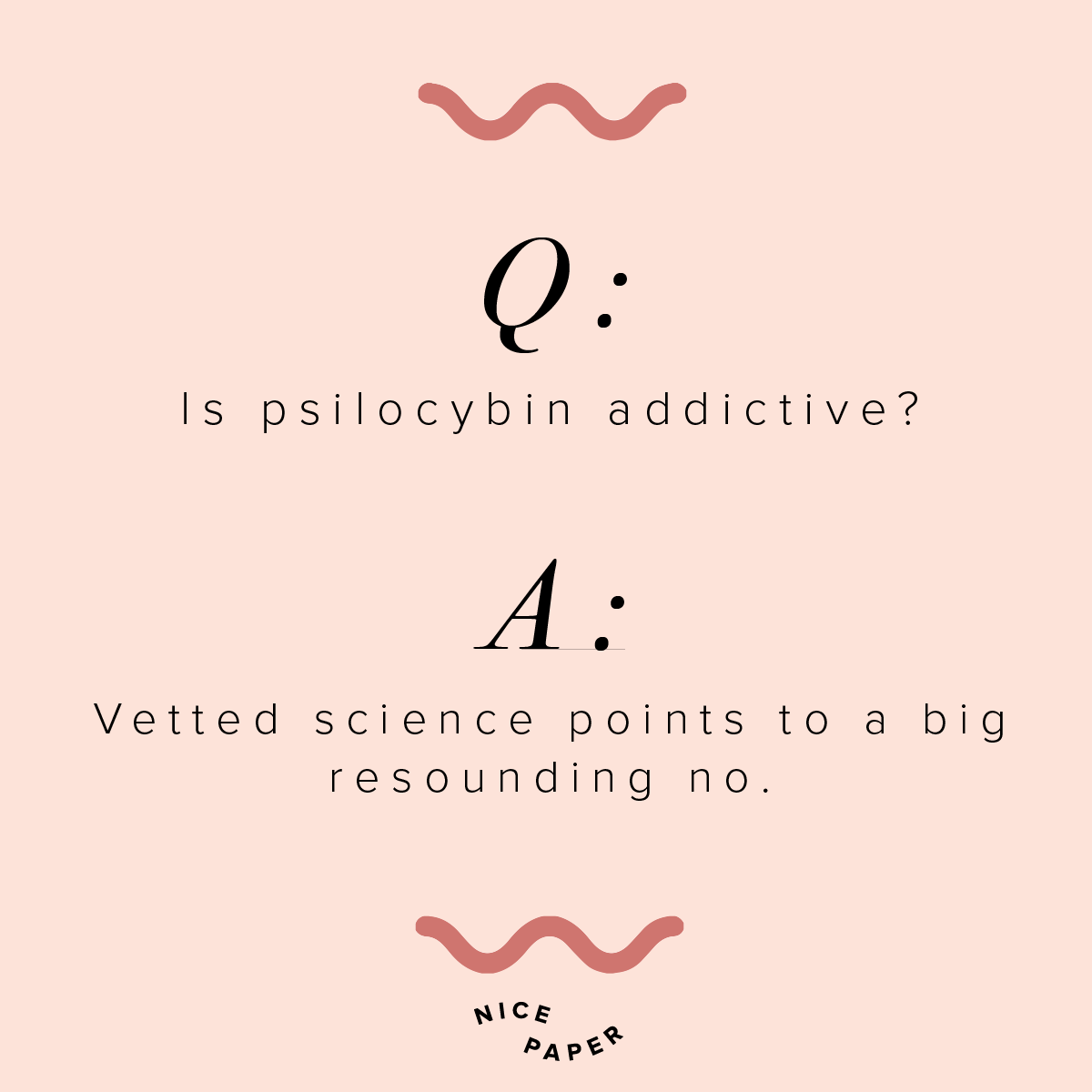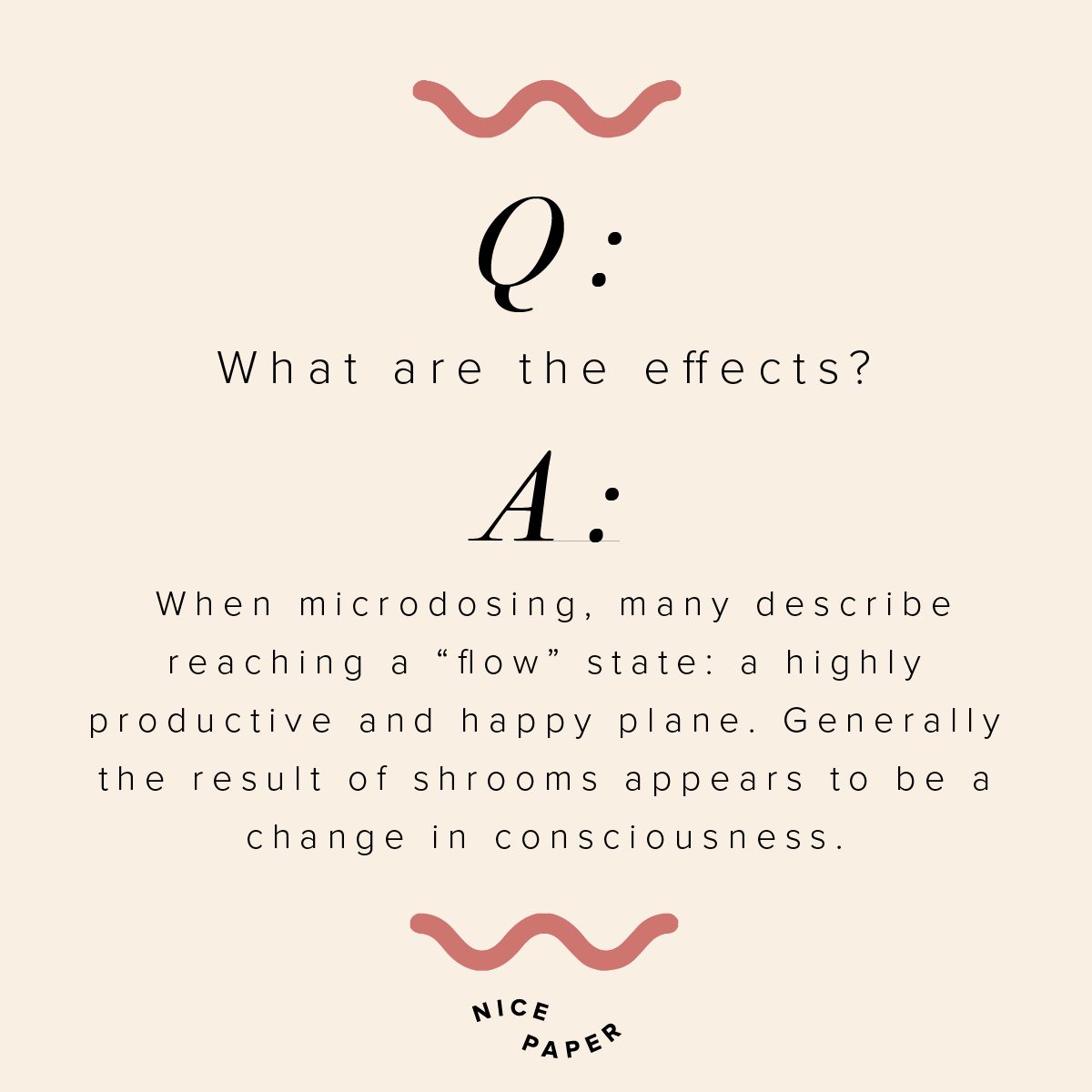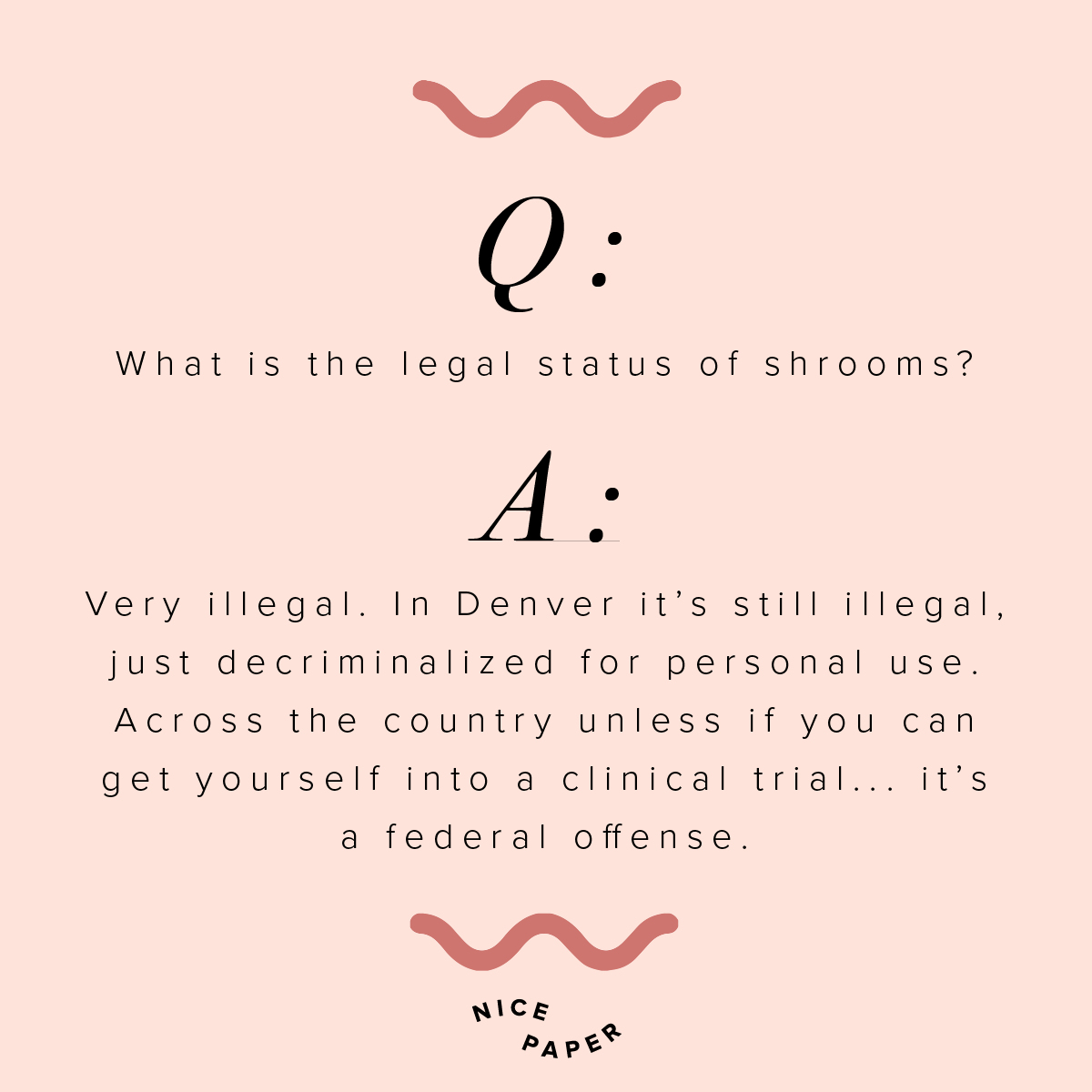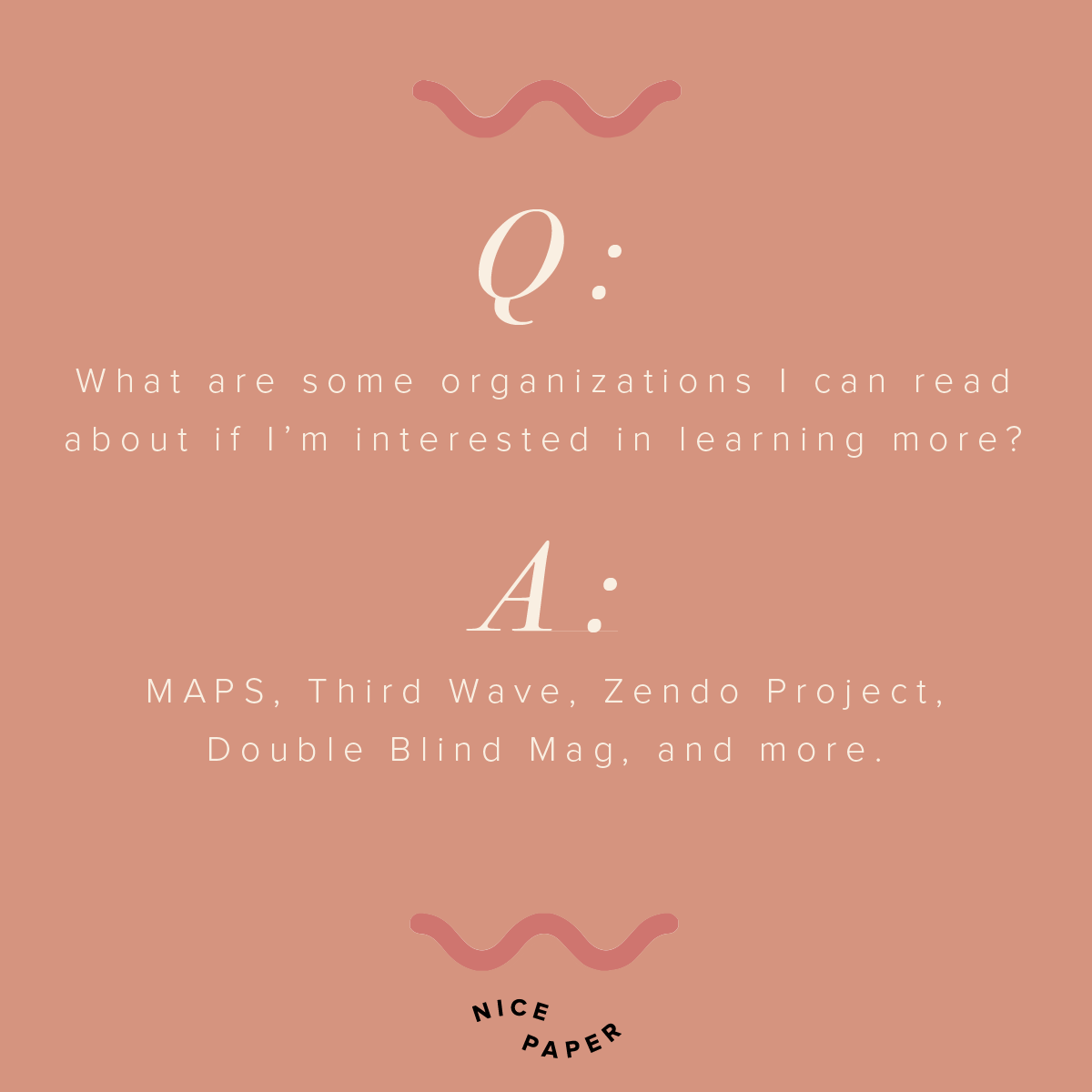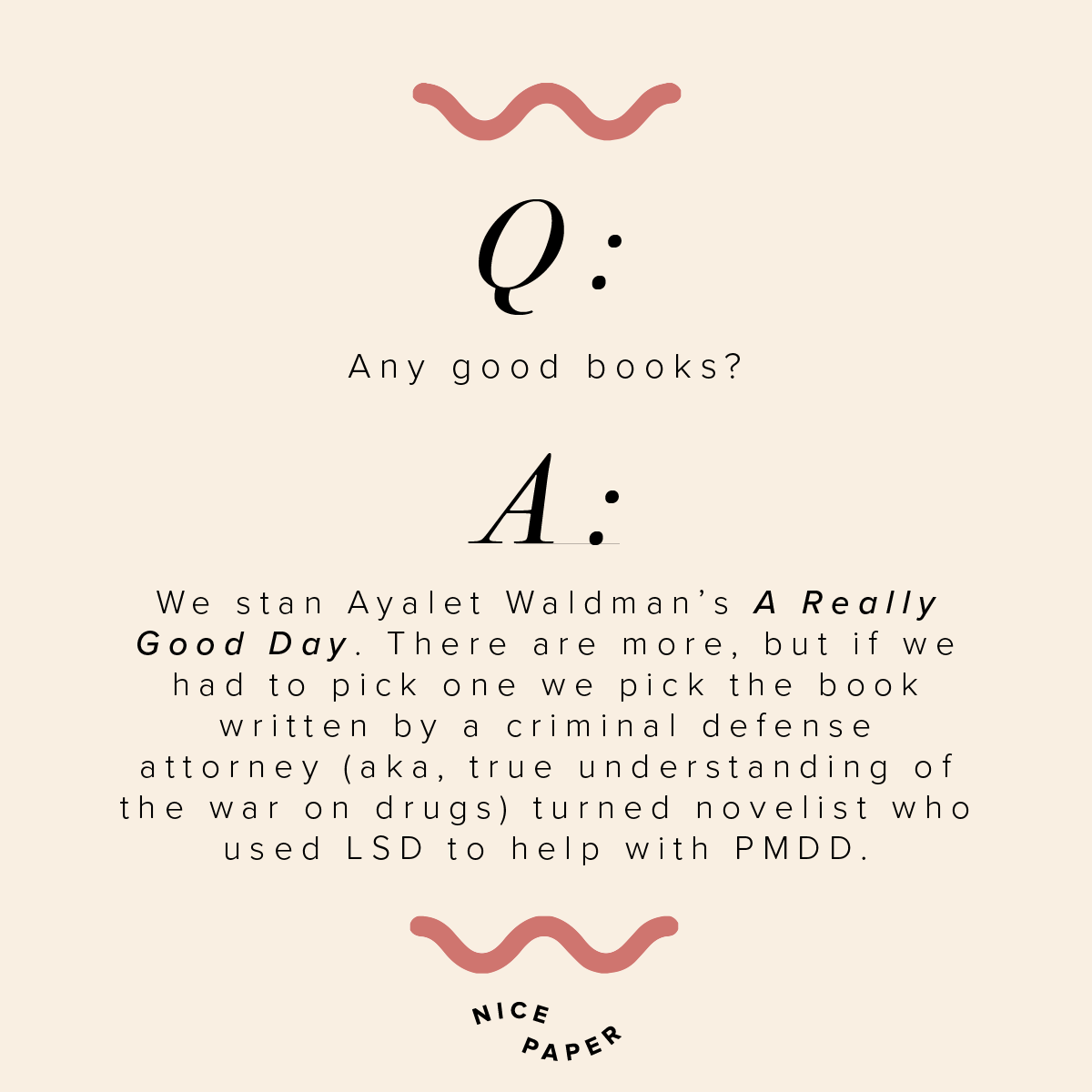9 Things You Need to Know About Magic Mushrooms
The city that pioneered decriminalizing cannabis has a new plant on their make-legal list. Earlier this month, voters in Denver demonstrated the importance of turning out to vote. 50.6 percent of the 176,000 votes cast passed the ordinance to decriminalize psilocybin mushrooms. Shrooms in Denver will be treated similarly to cannabis post 2005 decriminalization. Shrooms are now the “lowest law enforcement priority” with no city funds to be used to jail, arrest or ticket someone for possession of magic mushrooms if the person is over 21 and it’s for personal use.
While you won’t get arrested if you’re over 21, you aren’t selling and you possess a small amount, shroom shops aren’t going to be popping up anytime soon. That being said, psilocybin is shaking its stigma. The FDA recognized psilocybin as a 'Breakthrough Therapy' for Depression, more doctors are demanding research, clinical trials are happening all over the country and more and more authors are publishing books and articles highlighting the potential for the plant. Â
Much like cannabis, psilocybin has been used for thousands of years, with the first artistic representations of hallucinogenic mushrooms being found in the Saharan Desert in 9000 BC. Appearing to have been used for religious purposes, shrooms have been found in mystical rites all over the world. Honing in on the US and shrooms, psychedelics were relatively out of the public consciousness until 1957. In 1957 Gordon Wasson a vice president of J.P. Morgan and his wife, Valentina P. Wasson, M.D., a New York pediatrician (i.e. two normcore white people) published a story in Life Magazine about their shroom trips in Mexico.
Five years after the article brought magic mushrooms into the mainstream, a Swiss scientist named Albert Hofmann isolated and synthesized psilocybin, pointing to this chemical compound as the one that causes hallucinogenic effects. Much like THC in cannabis, it is the singular compound that intoxicates. Unlike cannabis, all strains of mushrooms are not banned, only the hallucinogenic ones are. The synthesized version of psilocybin is more commonly known as LSD. Just like cannabis, in the 60s drugs weren’t federally scheduled and it took misinformation, public pearl clutching and the Nixon administration's “war on drugs” and "tough on crime" policies to lump shrooms along with weed in the Schedule I category. A reminder: Schedule I drugs have “high abuse potential, no medical use, and severe safety concerns.” Shrooms are non-addictive (keep reading to find out why), are recognized by the FDA to be therapeutic, and a study found that shrooms are the “safest recreational drug.”
As Terence McKenna wrote in Food of the Gods; “psychedelics are illegal not because a loving government is concerned that you may jump out of a third story window. Psychedelics are illegal because they dissolve opinion structures and culturally laid down models of behaviour and information processing. They open you up to the possibility that everything you know is wrong” he says.
With that, here are 9 things you should know about shrooms.
When ingested, psilocybin metabolizes to psilocin, which interacts with serotonin receptors located primarily in hub regions of the brain that integrate with sensory experiences. This might explain why you feel, hear, and see * things * when you take a high enough dose.
We created a guide here but we don’t advocate or condone doing shrooms outside of a controlled environment or where it is illegal. Shrooms, while they are one of the safest drugs you can take, can be psychologically difficult to work through so only trip with a professional. Microdosing (taking levels at or below .2g) is safer than moderate (1g-2.5g) or heavy (2.5g-15g) doses, but even then, work with an organization that is doing clinical trials or go to an expert (it’ll be outside the US).
As Ayelet Waldman largely debunked in her excellent book “A Really Good Day,” those stories you heard about people peeling off their skin or jumping out of a window are largely fabricated or are describing people who mixed drugs and were suicidal in the past. A large report done by the Global Drug Survey found that shrooming “sends the fewest people to the emergency room” of any other drug. The most dangerous thing about a psilocybin mushroom  is confusing it with a poisonous one so never, ever go mushroom hunting without a mycologist or a mushroom expert that won’t let you poison yourself.
Most science points to a big resounding no. From the intense experience that makes the majority of users abstain, to no dopamine response being triggered, to the fact that your body builds a very fast tolerance requiring much higher doses after only a few uses; it’s difficult to be addicted to shrooms . There are no reported cases of addiction in recent history.
Shrooms have low toxicity, so it won’t be easy to overdose. Most of what you saw as a kid in the media was hysterical renderings by politicians and parents. That being said, if you take shrooms in a bad state of mind or in a poor setting, you can have a bad trip which can have lasting effects. Organizations like theZendo Project exist to reduce psychedelic harm. Yes, there are people at places like Burning Man that are trained to compassionately guide you through your trip.
Like with most things, your dose will dictate a lot of the effects. Outside of a controlled medical setting, small doses are safer. Psilocybin lasts 4-6 hours and in doses exceeding .2g can give you sensory enhancement, personal reflection, and excited mood with larger doses intensifying the prior mentioned effects in addition to hallucinations and time distortion. When microdosing, many describe reaching a “flow” state: a highly productive and happy plane. Generally the result of shrooms appears to be a change in consciousness. Long term, the results are too variable to tell.There is promising research on controlled use of shrooms to help treat depression and anxiety. One study showed that even one positive psilocybin experience can have “substantial and sustained personal meaning and spiritual significance.”
Very much so illegal but there are clinical studies that are ongoing—this resource will help you find if there is a study close to you.
MAPS or the Multidisciplinary Association for Psychedelic Studies has been advocating and researching the medical, legal and cultural advantages society can have from careful use of cannabis and psychedelics. Founded in 1986, the organization has over 30 years of experience and has started offshoot projects like the aforementioned Zendo Project. Other great resources are Third Wave and ICEERS.
While everyone waxes poetic about Michael Pollen’s book, a faster and more succinct read would be Ayalet Waldman’s A Really Good Day. How to Change your Mind is a great read as are Terrence McKenna’s books but Waldman’s prose really spoke to us. Probably because she’s funny as hell.

